50 years ago, the GS1 barcode was created to transform shopping in supermarkets and empower more reliable and resilient supply chains
Industry leaders came together to transform the way we shop and created the barcode. From that point forward, a simple scan at checkout connected a physical product to its digital identity—and information that could be shared in stores and throughout the supply chain. Since then, GS1 standards have powered more reliable and transparent supply chains across industries.
Link to more information:

Digital transformation, powered by GS1, will unlock limitless possibilities for businesses, people and society
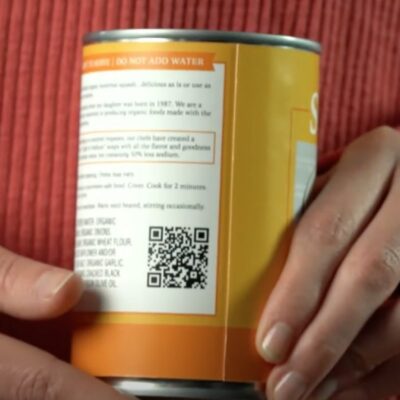
Our future has never looked brighter. New multipurpose 2D barcodes powered by GS1 standards are transforming a simple scan, opening a gateway of in-depth product information. Whether on an in-store scanner or a mobile phone, they will create new opportunities to improve business operations, consumer experiences, patient safety and sustainability initiatives.
Links to more information:
Explore our history

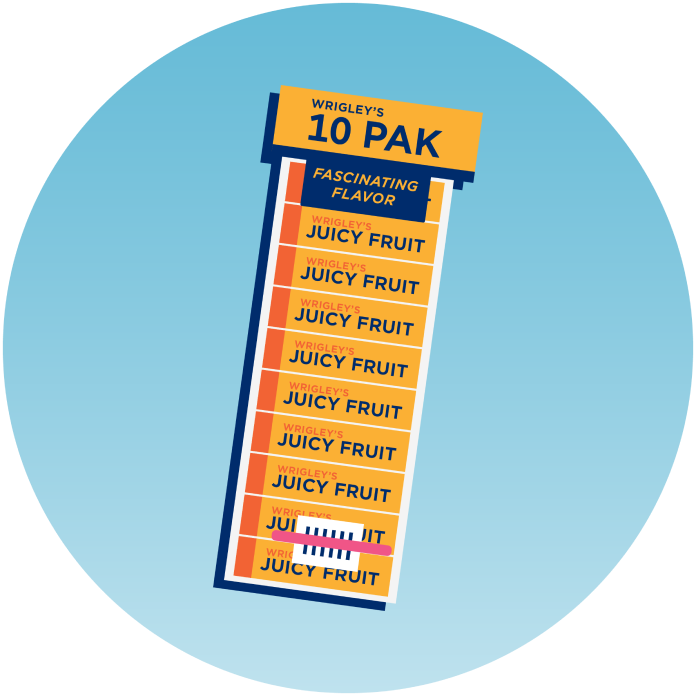

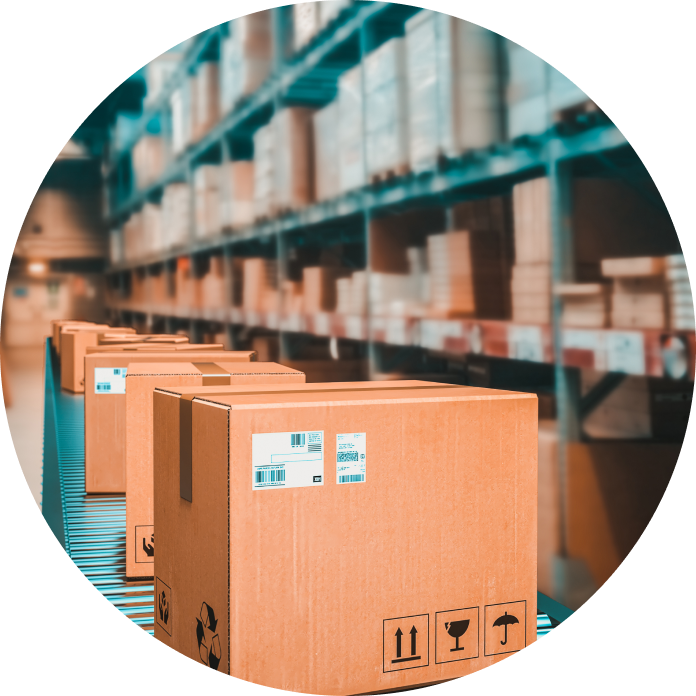


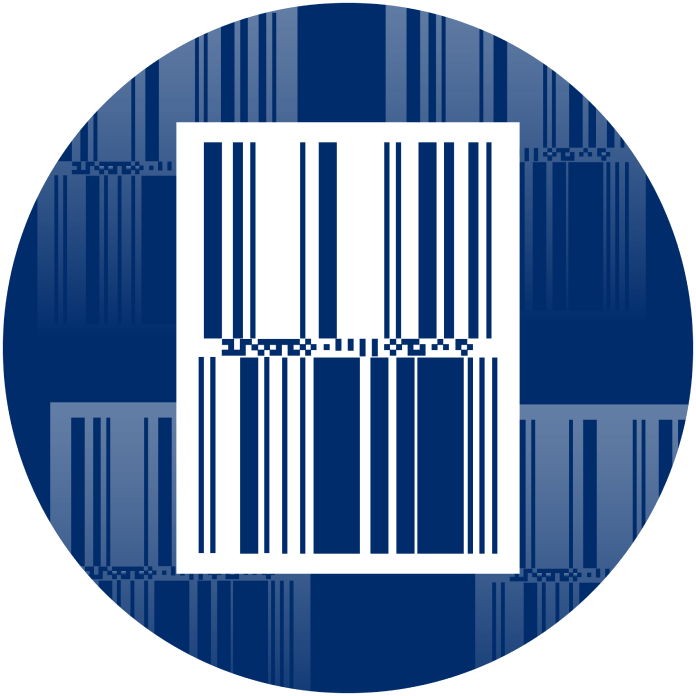


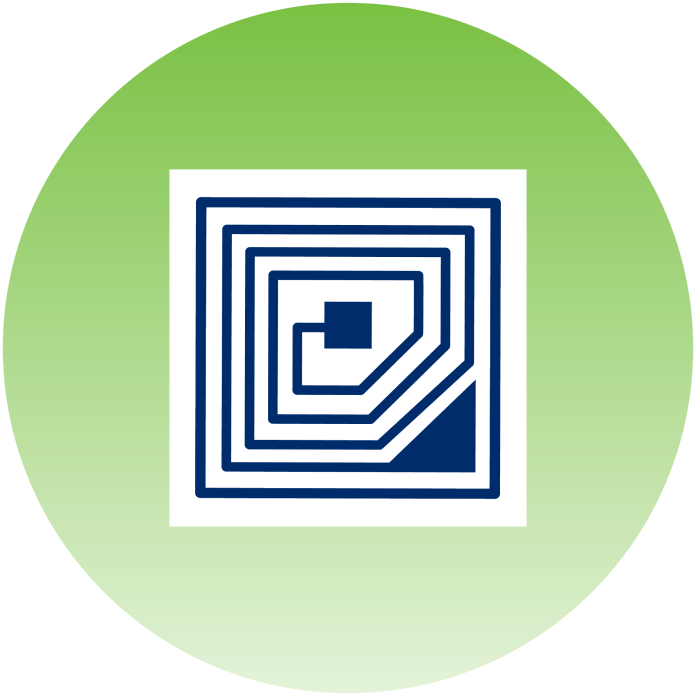
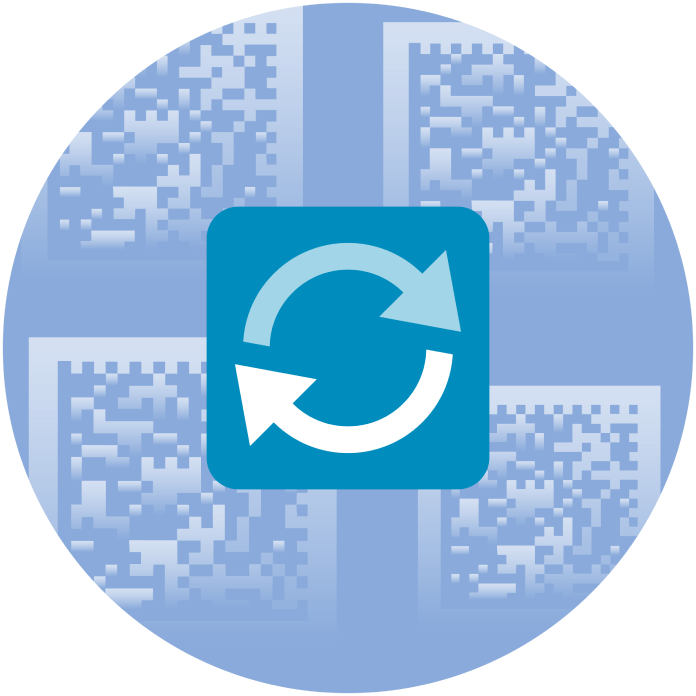












1973
On 3 April 1973, industry leaders in the U.S. retail grocery sector created the barcode—an innovation that has revolutionised our modern economy and society.
1974
The U.S.-based Uniform Code Council (UCC) is appointed as administrator of the new Universal Product Code (U.P.C) barcode. On 26 June—in a Marsh supermarket located in Ohio—a pack of Wrigley’s gum becomes the first product in the world to be scanned with a barcode.
1977
The European Article Numbering Association (EAN®) is established as an international, not-for-profit standards organisation in Brussels, Belgium. The new EAN barcode is fully-compatible with the U.P.C barcode in the U.S.
1983
Traditional barcodes are expanded and used beyond checkout counters for wholesale multipacks, cases and cartons.
1989
GS1® publishes its first international standard for electronic data interchange (EDI), creating an efficient, secure and automated way for trading partners to seamlessly exchange information and communicate with one another.
1995
GS1 expands into the healthcare sector, deploying standards to increase patient safety, drive supply chain efficiencies—and improve the identification and traceability of medical products.
1999
Specifications for the GS1 DataBar® are approved. These “reduced space” and stacked barcodes can identify small items like jewelry and fresh foods—and carry more information than traditional barcodes.
2000
At the start of the new millennium, GS1 is present in 90 countries.
2002
GS1’s Global Standards Management Process (GSMP) is launched, providing a neutral setting for industry to discuss common business challenges and establish new standards-based solutions for their businesses.
2003
EPCglobal, Inc. is formed to innovate and develop standards for the Electronic Product Code (EPC) and to support the use of Radio Frequency Identification (RFID) technology, ultimately improving inventory accuracy and increasing supply chain visibility.
2004
The GS1 DataMatrix is approved and is the first two-dimensional barcode adopted by GS1.
The GS1 Global Data Synchronisation Network (GS1 GDSN) is launched. This product data network makes it possible for any company, anywhere, to seamlessly share high-quality product information.
2005
The UCC and EAN merge, creating a single, international organisation with 101 local GS1 Member Organisations.
2006
GS1 launches the first global traceability standard, paving the way for improved supply chain interoperability and transparency.
2010
As e-commerce grows, GS1 enters the business-to-consumer (B2C) world, exploring standards to give consumers direct access to product information through their mobile devices.
2013
GS1 receives accreditation by the U.S. Food & Drug Administration (FDA) as an issuing agency for the unique identifiers (UDIs) used to globally and uniquely identify medical devices.
2014
GS1 builds a new global strategy to respond to the demands of digital, omni-channel commerce, including ratification of their first “digital” standard.
2016
The BBC names the GS1 barcode one of “the 50 things that made the world economy”.
2018
GS1 expands into the financial sector as an accredited issuer of Legal Entity Identifiers (LEIs), the codes that uniquely identify companies participating in financial transactions.
2019
The GS1 Registry Platform (GRP) is established as a trusted source of GS1 Company Prefixes (GCPs), the Global Trade Item Number® (GTIN®), or barcode numbers and GS1 Global Location Numbers (GLNs). Verified by GS1 makes it possible for users to leverage the platform: brand owners can share basic data about their products and retailers and marketplaces can verify the identity of the products they sell.
2020
The GS1 Digital Link standard leverages QR codes to help connect consumers to rich amounts of brand-authorised data on the web, including product information, promotions, ingredients, recipes—and more.
2021
GS1 supports industry with an ambition to read two-dimensional barcodes—QR codes and GS1 DataMatrix barcodes—at retail points-of-sale around the world by the end of 2027.
2022
A joint World Trade Organization (WTO) and World Economic Forum (WEF) report outlines the power of GS1 product and location identification to make cross-border trade more efficient, inclusive and sustainable.
2023
GS1 celebrates the 50th anniversary of the barcode together with its family of 116 local GS1 Member Organisations (MOs). Over 1 billion products now carry GS1 barcodes that are scanned billions of times every day around the world.

